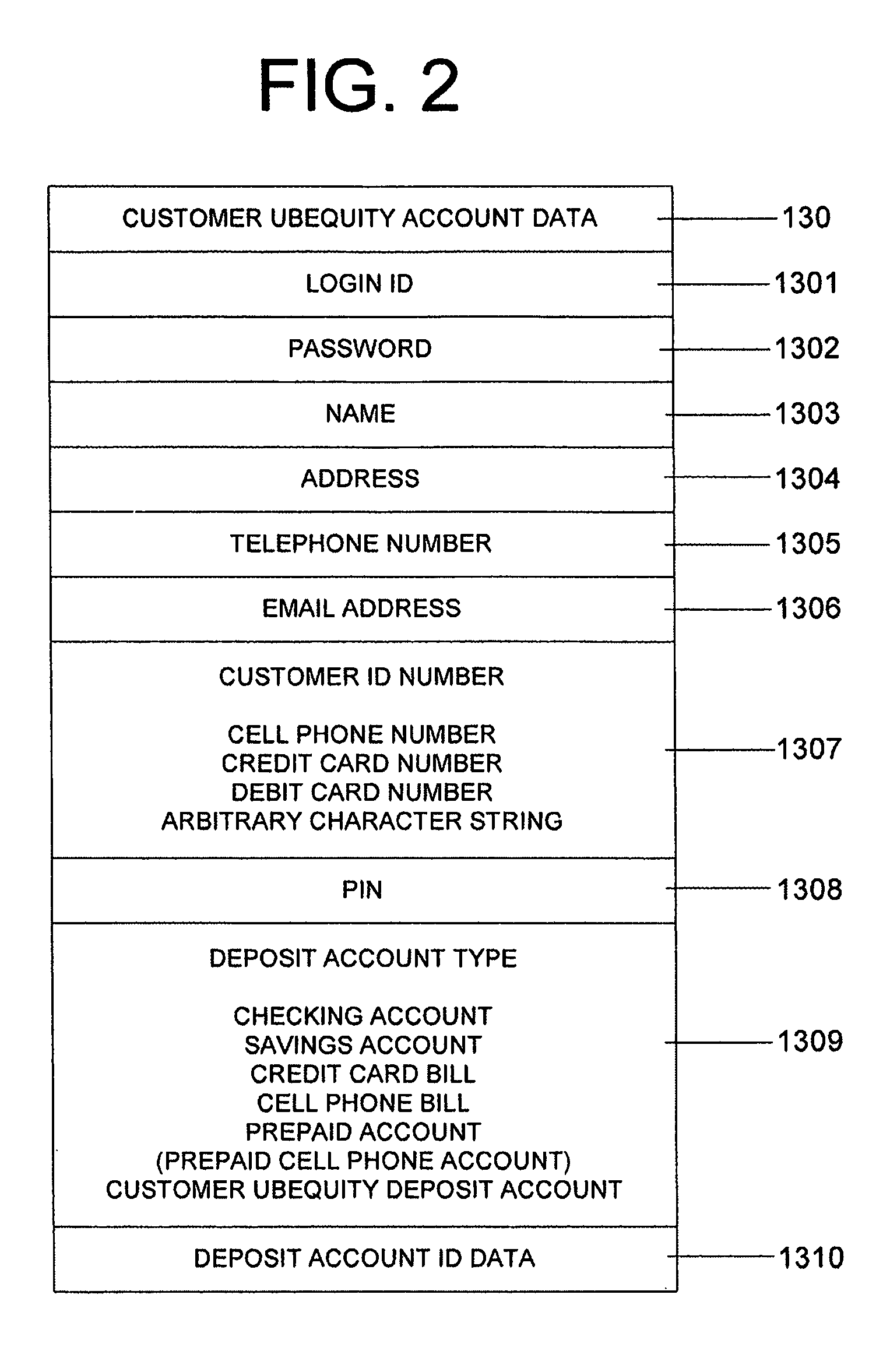System and method of reducing or eliminating change in cash transaction by crediting at least part of change to buyer's account over electronic medium
a technology of electronic medium and cash transaction, applied in the field of sales transactions, can solve the problems of inability to complete the transaction until, inability to use cash, and inability to reduce or eliminate change in cash transactions, and achieve the effect of efficient reducing or eliminating change in cash transactions
- Summary
- Abstract
- Description
- Claims
- Application Information
AI Technical Summary
Benefits of technology
Problems solved by technology
Method used
Image
Examples
Embodiment Construction
[0056] Reference will now be made in detail to the present embodiments of the present invention, examples of which are illustrated in the accompanying drawings, wherein like reference numerals refer to the like elements throughout. The embodiments are described below in order to explain the present invention by referring to the figures.
[0057] The inventor of the present invention has developed the “Ubequity system” in part to practice the present invention. The term “Ubequity” has been coined by the inventor of the present invention, and means “ubiquitous equity,” referring, among other things, to the ubiquitous unused equity in coins both in circulation and hoarded away in jars, piggy banks, drawers, and other places throughout the world. The present invention was made in part to make it possible to capture some of this unused equity so it can be put to use by eliminating coins as change in cash transactions by crediting an amount of change that is payable in coins to a buyer's ac...
PUM
 Login to View More
Login to View More Abstract
Description
Claims
Application Information
 Login to View More
Login to View More - R&D
- Intellectual Property
- Life Sciences
- Materials
- Tech Scout
- Unparalleled Data Quality
- Higher Quality Content
- 60% Fewer Hallucinations
Browse by: Latest US Patents, China's latest patents, Technical Efficacy Thesaurus, Application Domain, Technology Topic, Popular Technical Reports.
© 2025 PatSnap. All rights reserved.Legal|Privacy policy|Modern Slavery Act Transparency Statement|Sitemap|About US| Contact US: help@patsnap.com



